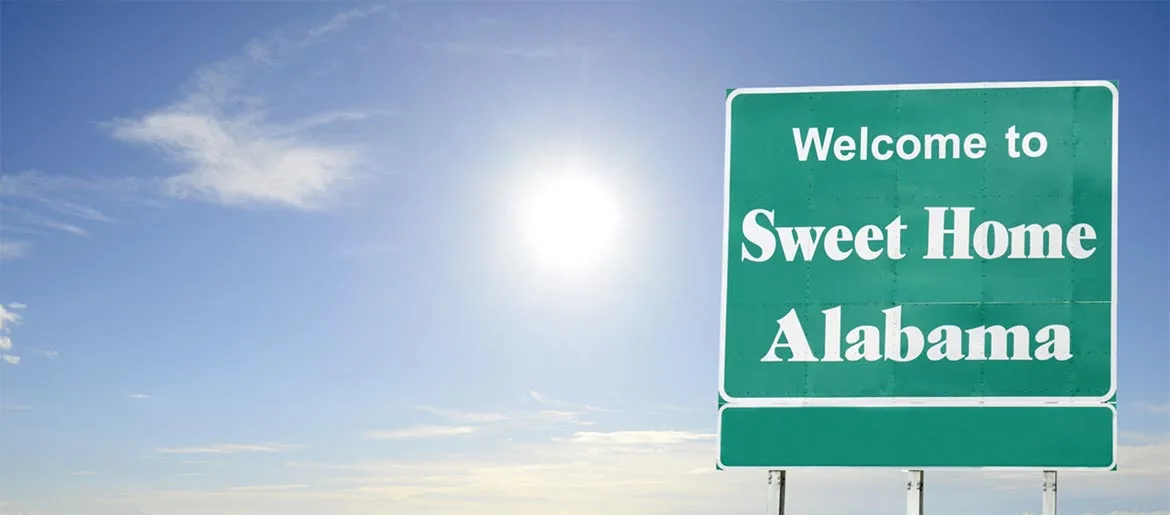
Alabama is one of the fifty states in the United States with a population of just over 5 million people. Huntsville is currently the largest city by population, while Birmingham remains the largest metropolitan area. The state is located in the southeastern region of the country and became the 22nd state on December 14, 1819. The capital of Alabama is Montgomery. The name “Alabama” is believed to have come from a Native American term used by the Choctaw people. Alabama has several traditional nicknames, including the Yellowhammer State, the Heart of Dixie, and the Cotton State. The name “Heart of Dixie” was promoted by the state Chamber of Commerce in the mid-20th century due to Alabama’s central role in Southern history.
Among the seven Deep South states, Alabama faced significant economic hardship after the Civil War and through World War II, largely because of its dependence on agriculture. During the Civil Rights Movement, Alabama became a central stage for change. The Montgomery Bus Boycott of 1955, sparked by Rosa Parks, and the Selma to Montgomery marches in 1965, including the events of “Bloody Sunday” at the Edmund Pettus Bridge, played a defining role in the struggle for equality. These events helped bring about the Civil Rights Act of 1964 and the Voting Rights Act of 1965, with leaders such as Dr. Martin Luther King Jr. at the forefront.
Alabama’s economy has transformed from its agricultural roots into a diverse mix of industries. Today, the state is a major hub for automotive manufacturing, aerospace, steel production, and advanced materials. Agriculture remains important, with poultry, cattle, catfish, and crops like corn and soybeans. Alabama is also home to the U.S. Space & Rocket Center and NASA’s Marshall Space Flight Center in Huntsville, which developed the Saturn V rocket that carried the first astronauts to the Moon. These institutions, along with space camps for children, highlight Alabama’s role in both history and innovation.
Alabama’s landmarks reflect its long history, from precolonial times to the space age. The state has 39 National Historic Landmarks across 18 counties. Notable sites include the USS Alabama battleship and the USS Drum submarine in Mobile, the Edmund Pettus Bridge in Selma, the First White House of the Confederacy in Montgomery, the Bottle Creek archaeological site, Wilson Dam, and the Neutral Buoyancy Space Simulator in Huntsville. Alabama also offers natural beauty, from the Gulf Shores beaches to the cliffs and waterfalls of Little River Canyon and the heights of Cheaha Mountain, the state’s tallest point.
Alabama is known for its warm hospitality, affordable cost of living, and vibrant culture. The Alabama Shakespeare Festival in Montgomery is one of the largest in the world, with hundreds of performances each year. Sports are a passion across the state, particularly college football, where the Alabama Crimson Tide and Auburn Tigers have devoted followings. The climate offers hot summers and mild winters, with occasional snow in the northern regions. With its mix of cultural heritage, natural beauty, and economic opportunity, Alabama offers a rich and welcoming place to live.
Back to map